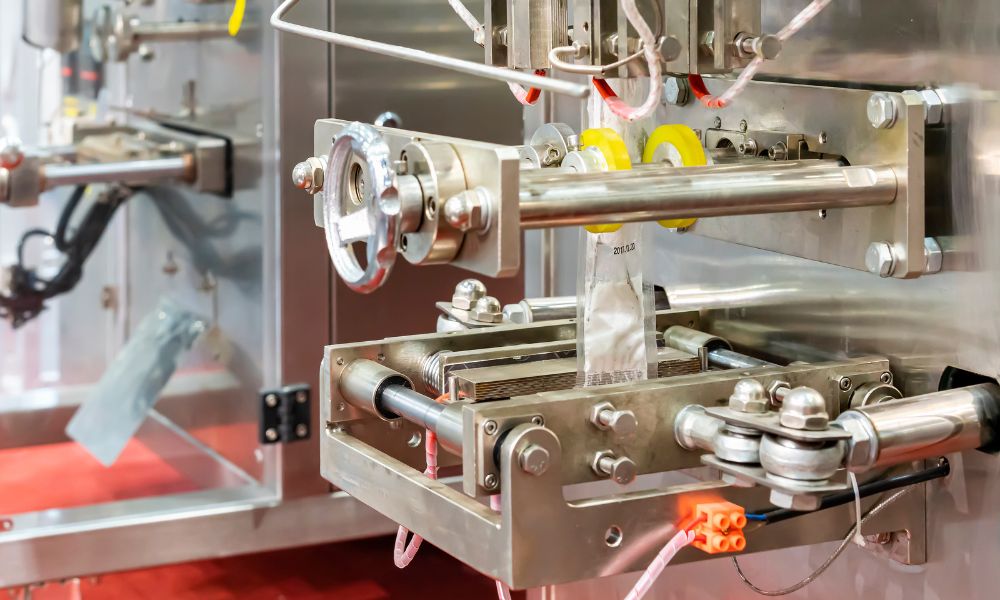Horizontal form fill seal (HFFS) machines are the backbone of many process industries, offering greater efficiency by automating the modern workplace. For some, the HFFS machine might sound like a mere grunt in the grand scheme of the production process. However, to the discerning eye of a production manager, the choice of HFFS machine is a key decision that could mean the difference between a streamlined, cost-effective packaging line and one that simply doesn’t work. In this detailed exploration, we peel back the layers of technology to reveal what production managers need to consider when choosing the right HFFS machine for their operations.
The Importance of HFFS Machines in Packaging
HFFS technology allows manufacturers to create various package types—sachets, pouches, bags, and more—by using a continuous roll of film, forming it into a specific shape, filling it with product, and sealing it. The key benefits of HFFS machines are automation, flexibility, and efficiency. By integrating these machines into their production lines, companies can expect significant improvements in speed, waste reduction, and labor costs while adapting to the market’s call for diverse packaging formats.
Product Line
Speed is important in HFFS machine packaging, but it’s not the only thing to consider. The type of product you’re packaging must guide your choice of machinery. Liquids, semi-solids, powders, and granular substances each require a nuanced approach to forming, filling, and sealing. For instance, when selecting a horizontal pouch packaging machine for liquids, opt for one with a proper containment and filling system, as spillage can be catastrophic to the product integrity and the life of the machinery.
Material Versatility
The packaging industry requires a myriad of parts working in unison, and packaging materials are essential to everything coming together. When selecting an HFFS machine, it’s vital to consider the type and form of packaging materials it can handle to ensure it properly packages your products. While some HFFS machines are robust enough to handle heavy-duty materials like laminated films with aluminum layers, others specialize in delicate single-use plastics for products with shorter shelf lives.
Integration With Existing Systems
Of course, it’s also important to integrate machines with existing production lines. Before making a decision, consider how the HFFS machine will fit in with your current conveyors, fillers, and other production line equipment. Discuss your current setup with the machine manufacturer to solve any potential integration hiccups.
A Harmonious Addition to Your Production Line
The selection of an HFFS machine is not a decision to be made lightly or in haste. Knowing what to consider when choosing your HFFS machine will make it easier to find the right one. With these factors in mind, production managers can ensure their HFFS will be a harmonious addition to their packaging line.

